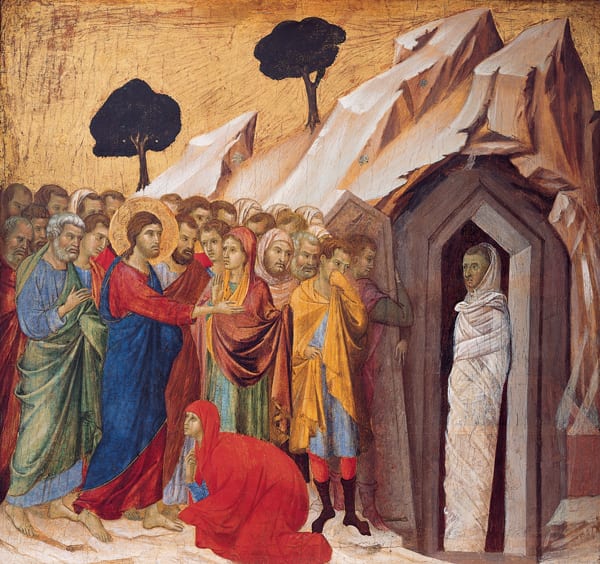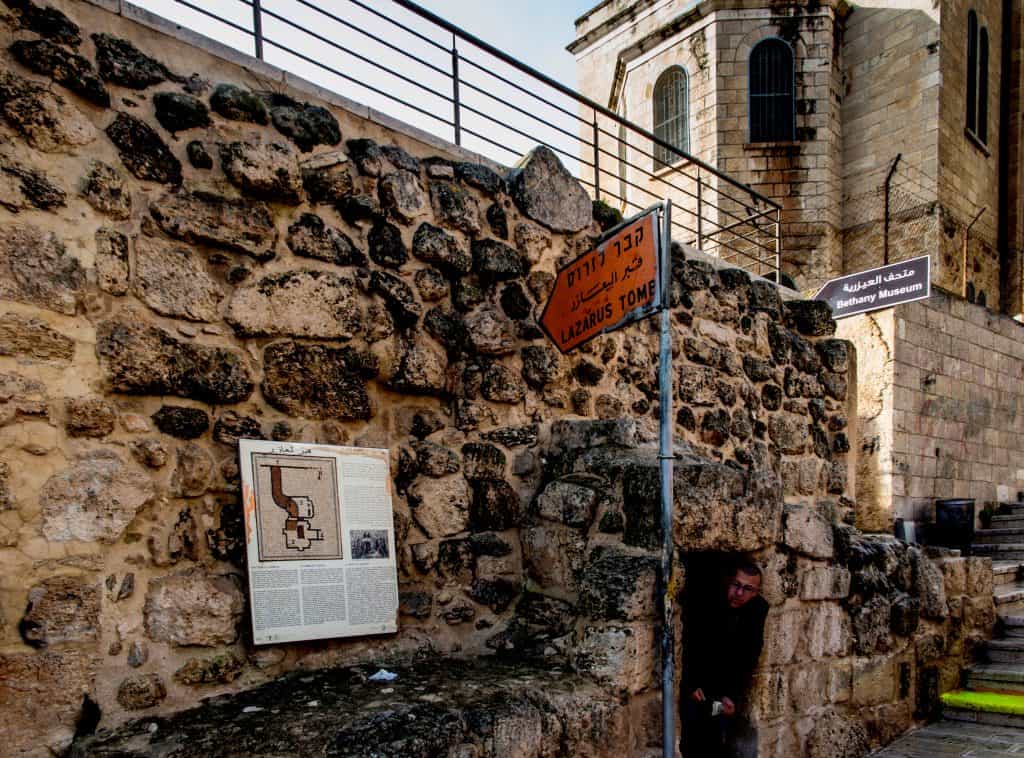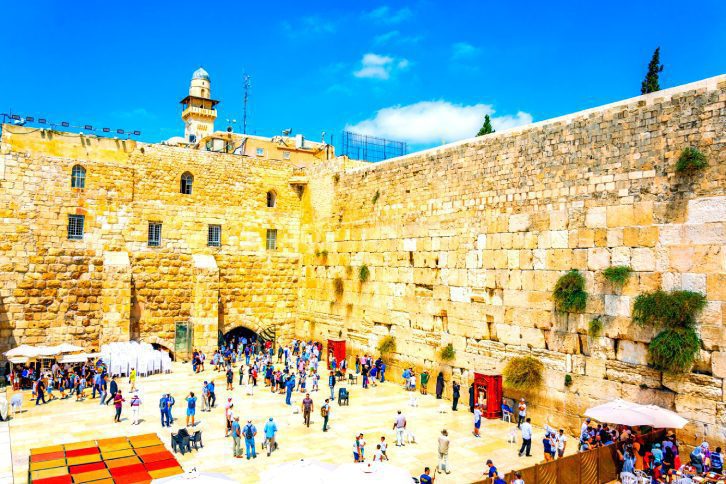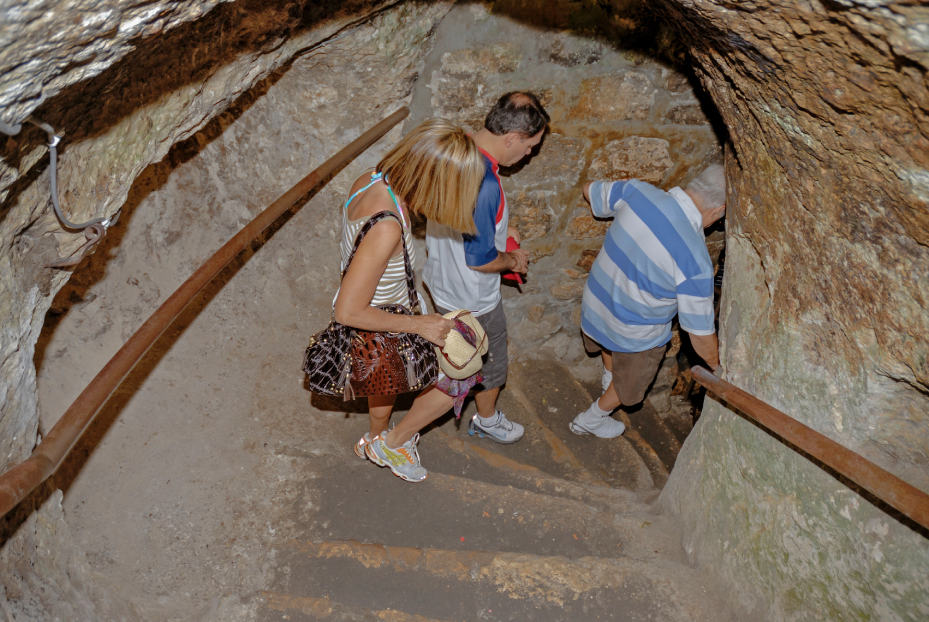Lazarus of Bethany is a figure deeply entrenched in the biblical narrative, renowned for his miraculous resurrection at the hands of Jesus Christ. His story is one of unwavering faith, friendship, and the power of divine intervention. In this post, we delve into the intriguing account of Lazarus, exploring the significance of his resurrection and the enduring impact of his encounter with Jesus.

Lazarus, along with his sisters Mary and Martha, was a dear friend of Jesus. Their home in Bethany, a village near Jerusalem, was a place of solace and hospitality for the wandering teacher and his disciples.
Illness and the Call for Jesus
The biblical account reveals that Lazarus fell seriously ill, prompting his sisters to send an urgent message to Jesus, imploring him to come and heal their brother. It was a testament to their deep faith and trust in Jesus as a miracle worker.
Tomb of Lazarus

A Purposeful Delay: Surprisingly, upon receiving the news of Lazarus’s illness, Jesus chose to delay his journey by two days. His decision was perplexing to his disciples and those who knew of his close bond with the family in Bethany.
The Miraculous Resurrection:
When Jesus finally arrived in Bethany, Lazarus had been dead for four days. Despite the seemingly irreversible nature of death, Jesus, in a profound display of divine power, called Lazarus forth from the tomb, bringing him back to life.
A Resounding Message: The resurrection of Lazarus was not only an extraordinary miracle but also a powerful spiritual message. It served as a preview of Jesus’s own impending resurrection, foreshadowing his victory over death and affirming his divinity.
Jerusalem Ultimate Guide

Impact on Jesus’s Ministry:
The resurrection of Lazarus had a profound impact on Jesus’s ministry. It sparked a renewed fervor among his followers, but it also heightened the opposition and hostility of religious authorities who saw his growing influence as a threat.
So the story of Lazarus’s resurrection has left an indelible mark on Christian theology and belief. It serves as a cornerstone of the Christian faith, testifying to the transformative power of Christ’s love and his ability to conquer death.

Conclusion:
Last, the story of Lazarus of Bethany is a captivating tale of faith, friendship, and divine intervention. His miraculous resurrection at the hands of Jesus Christ stands as a powerful testament to the belief in eternal life and the triumph of hope over despair. Furthermore, beyond the extraordinary miracle itself, Lazarus’s story reminds us of the enduring message of love, compassion, and the promise of eternal life found in the teachings of Jesus. Lazarus’s life, death, and resurrection continue to inspire and uplift believers around the world, serving as a beacon of faith and hope that transcends time and space.







